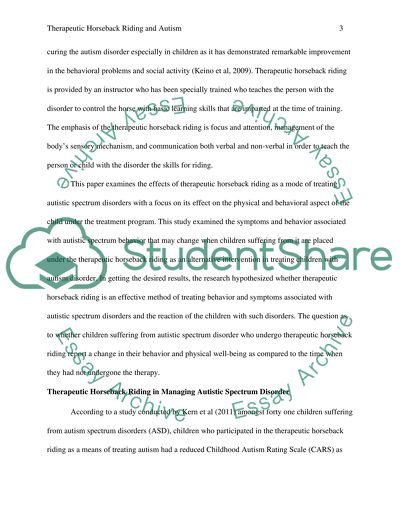Cite this document
(“Therapeutic Horseback Riding and Autism Term Paper”, n.d.)
Therapeutic Horseback Riding and Autism Term Paper. Retrieved from https://studentshare.org/education/1480568-therapeutic-horseback-riding-and-autism
Therapeutic Horseback Riding and Autism Term Paper. Retrieved from https://studentshare.org/education/1480568-therapeutic-horseback-riding-and-autism
(Therapeutic Horseback Riding and Autism Term Paper)
Therapeutic Horseback Riding and Autism Term Paper. https://studentshare.org/education/1480568-therapeutic-horseback-riding-and-autism.
Therapeutic Horseback Riding and Autism Term Paper. https://studentshare.org/education/1480568-therapeutic-horseback-riding-and-autism.
“Therapeutic Horseback Riding and Autism Term Paper”, n.d. https://studentshare.org/education/1480568-therapeutic-horseback-riding-and-autism.


